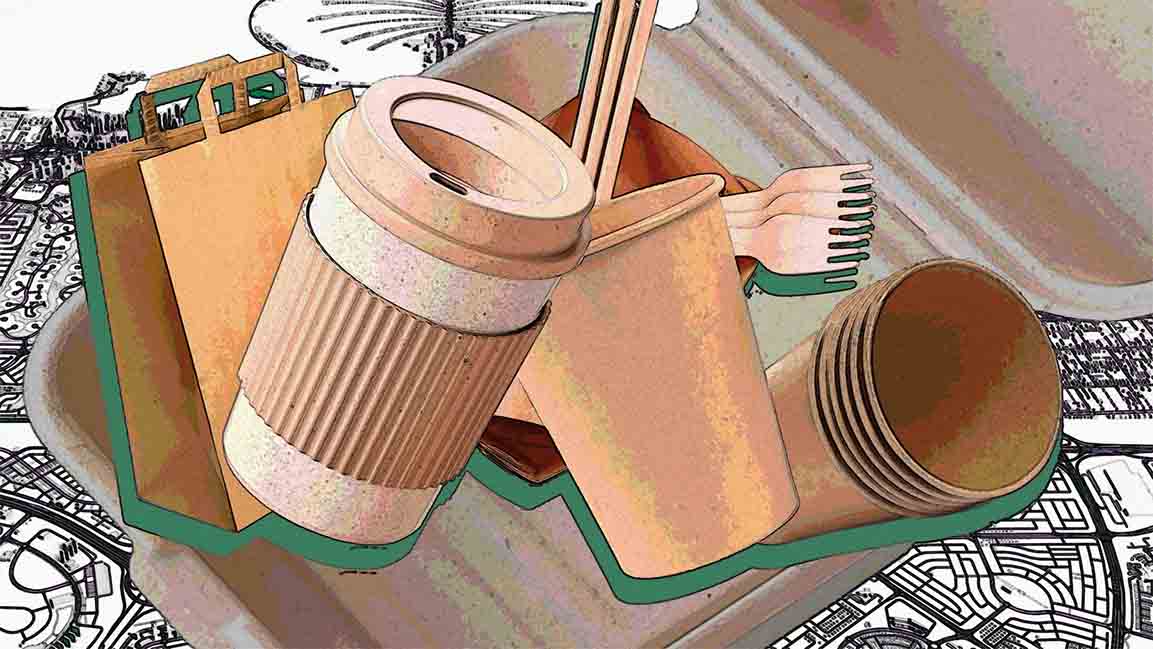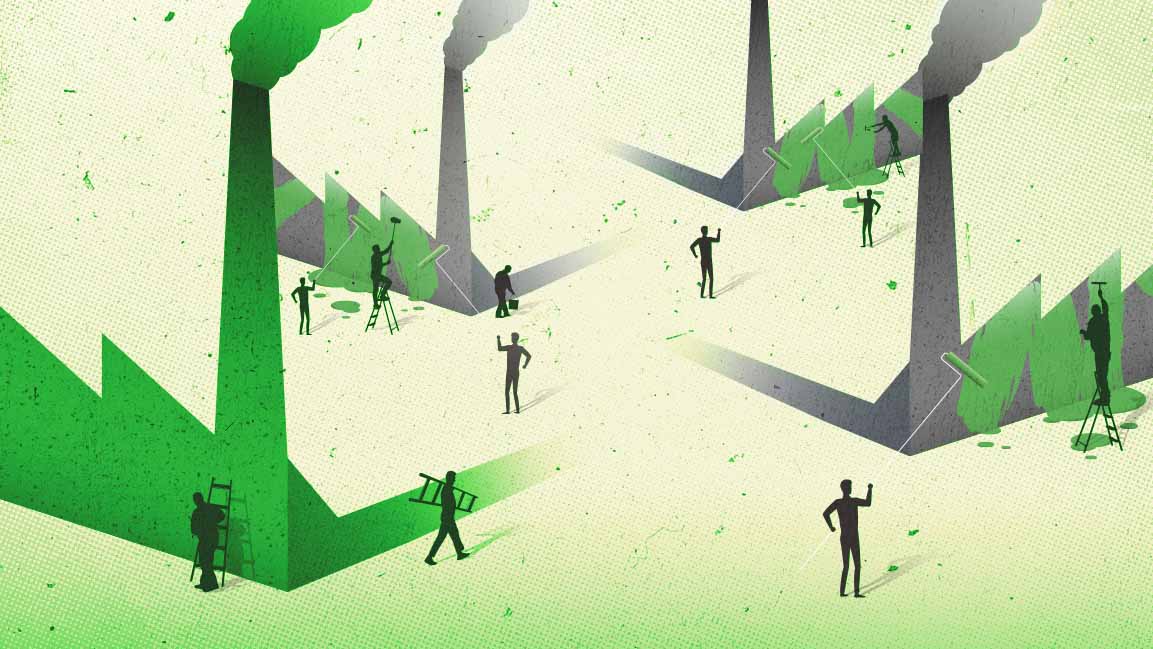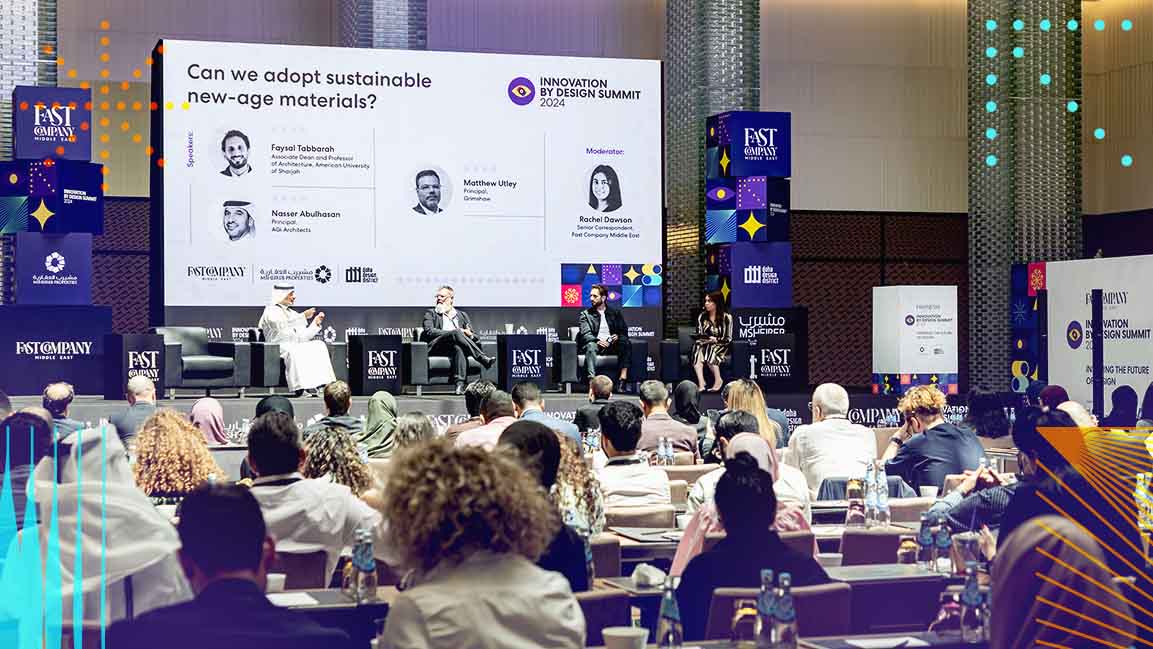- | 9:00 am
UAE aims to be plastic-free. But is it viable?
For years now, the country has been taking sustainability seriously. But what does getting rid of single-use plastics entail?

For a long time now, plastic has remained at the forefront of all conversations on how we tackle climate change. It began from being material lauded for transforming consumer culture to being loathed for enabling a disposable society that has left much room for debate and deliberation.
The statistics are stacked against plastics, with 11 billion bags used in the UAE annually (World Government Summit). And only 6% of all plastic produced is recycled, states Kris Barber, Founder of DGrade, an organization that provides greenspun clothing made from recycled plastic bottles.
With the COP 28 being hosted in the UAE this year, the country has been taking several steps toward sustainability. One of the more notable policies is the ban on single-use plastics.
Pending official documentation from the government, the law, as we know so far, would prohibit the import, production, and circulation of single-use plastic products (specifically shopping bags) by 2024, according to an announcement carried out by the state-run WAM news agency.
The ban would also extend to plastic cups, plates, straws, and around sixteen other items starting January 1, 2026. If effective, it will work wonders for the UAE’s aim to achieve carbon neutrality by 2050, a target that remains seemingly difficult to assess.
The move is lauded by several working closely towards the cause, including Maryam Al Mansoori, General Manager at Rebound Plastic Exchange. She says, “[The UAE] leadership knows that there’s no time to waste when plastic production is projected to grow exponentially over the next few decades, so they’re carrying the torch in terms of raising awareness about the harmful effects of plastic pollution on the environment and the importance of promoting bioplastics, biodegradable plastics, and recycled plastics.”
Working towards the same, several emirates began charging a retail fee for plastic bags, while Abu Dhabi introduced the plastic bag ban back in June 2022. The government has also conducted several educational campaigns over the past few years, even working with schools to encourage a shift towards using multi-use alternatives.
NOT AS SIMPLE AS A BAN
While the move shines green on the surface, the question of its viability and impact remains. Some even have reason to believe that plastic might not be as bad as it’s made out to be.
Barber says, “We believe that people are more of the problem than plastic is. It doesn’t matter whether it’s a plastic or glass bottle, or an aluminum can; it will contaminate the desert if thrown. Plastic remains the only material that can be recycled in cost and energy. With glass, for instance, the energy and logistics are much higher. There is only one facility in this region that can recycle vast quantities of glass, and they have such a backlog that they’re having to export to other regions.”
In leading an organization that also supplies recycled flakes to packaging manufacturers to support a circular economy, he believes there is more to the solution than a blanket ban. Investing in recycling infrastructure and increasing the recovery of recyclable materials is perhaps a far more pressing need of the hour. Because without the proper channels to enable reuse, enforcing elimination or even considering alternative materials could become moot.
A CLOSER LOOK AT ALTERNATIVES
Most would consider paper as an emerging leading alternative, with glass and even aluminum following closely. However, the energy, water, and even logistics required to recycle the same would be far greater than what is needed for plastics.
Not to mention, of course, the environmental impact of entire industries shifting towards paper use.
In the case of single-use plastic products like cutlery, bags, and packaging, the paper also loses on durability. For food-delivery giants like Talabat especially, this has posed a complex obstacle.
The company works with its suppliers for dark grocery deliveries (Talabat Mart) but depends on vendors to take a greener outlook for everything else. Even as most consumers opt for the default “no cutlery” option, surveys have revealed complaints of not being supplied with it.
“There is no one size fits all solution. [Paper has a high carbon footprint], and if we could recycle plastic, it would be a much better alternative. We’ve looked into return mechanisms, plant-based alternatives, cartons for grocery deliveries, reusable bags, and more. But it is an overall ecosystem problem,” says Dimitra Theodoropulos, Director of Corporate Responsibility & Sustainability at Talabat.
A MULTI-STAKEHOLDER EFFORT
As Kris explains, “Banning anything that can be recycled is detrimental. It will encourage people to switch to glass, with some water companies switching to aluminum and enabling other companies to consider mining. The policy should focus on supporting companies that are recycling plastics instead.”
From manufacturing to retail to recycling, the time is for a cohesive union of multiple stakeholders. According to trends observed by DGrade, recovery rates for recyclable material have dropped over the last few years, which could either stem from smarter consumer choices or a lack of recycling infrastructure.
However, the government has made moves towards rectifying the situation, beginning with a tax imposed on landfills a few months prior. This has forced waste management companies to stop moving around waste and instead consider recycling a revenue stream.
For the same though, creating awareness for the segregation of waste is imperative. Contaminated plastic results in lesser yield for recycling units, meaning decreased revenue and incentive. Another method to create a circular economy for plastics is to implement deposit-return schemes, which require strict legislative reform.
An effective way to navigate these plastic-polluted waters would be to analyze which industries contribute most to the issue, how those could be coaxed into transition, and consider the long-term costs of potentially sustainable alternatives. All while protecting the welfare of people dependent on those sectors.
Easier said than done.








































